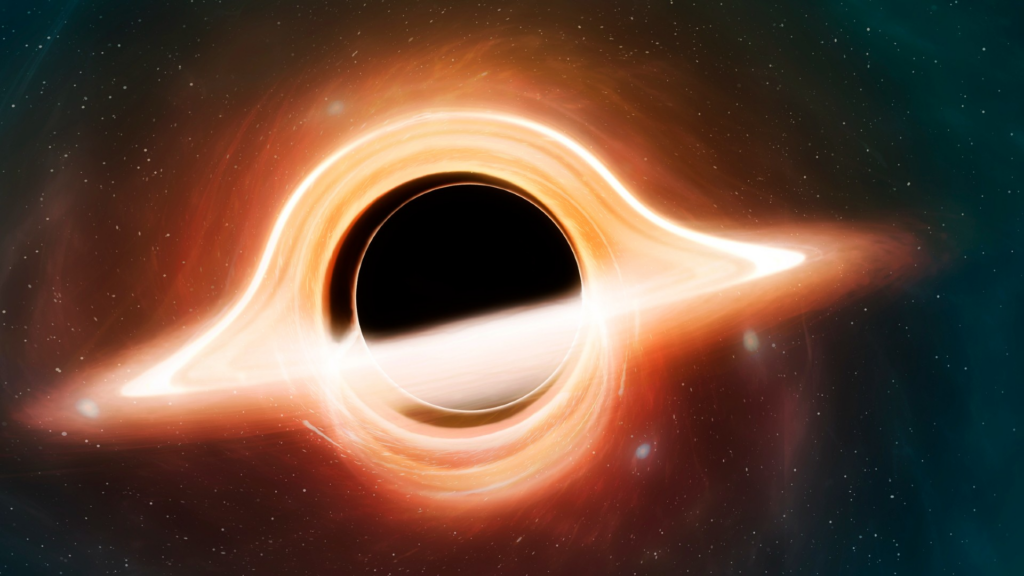The scientists created the “Massive Generator for Plasma Burst Experiments” (Magpie), a pulsed energy generator that can generate 1.8 million amperes in 240 nanoseconds.
Imperial College London scientists created a revolving plasma disk in the lab to imitate black hole disks.
Black holes, too. They cannot radiate because their gravitational force pulls everything that exceeds their outside limits, including light, the fastest stuff in the cosmos.
Thus, a human entering a black hole is entirely shut off from this world since whatever light, radio signal, or scream he sends to us bounce back into it.
Because of this, current telescopic photographs show a black hole as a black ball encircled by bright rings of matter beyond its bounds.
The mass surrounding the black hole may fall into it, remain intact, or escape from orbit and fly into space at high speed. Scientists are still studying it. commodity.
“Disk provided” (accretion disk) rings around the black hole are masses of material that rub so closely against each other that extreme heat changes them to plasma, a state of matter in which electrons are isolated from atom nuclei. They swim freely, and scientists investigate their magnetic characteristics.

Black hole circumference
Study says The “Massive Generator for Plasma Explosion Experiments” (MAGPIE), a pulsed power generator, was constructed by the research team and reported in Physical Review Letters. Maximum 1.8 million amperes in 240 nanoseconds.
Each amplifier includes 24 capacitors. The generator’s maximum output voltage of 2.4 million volts accelerates 8 plasma jets and collides with the black hole’s perimeter.
Press release An Imperial College London spokesman said researchers would soon utilize Magpie to apply a leading cosmology hypothesis that instabilities in plasma magnetic fields near a black hole create significant friction. The black hole swallows them.
